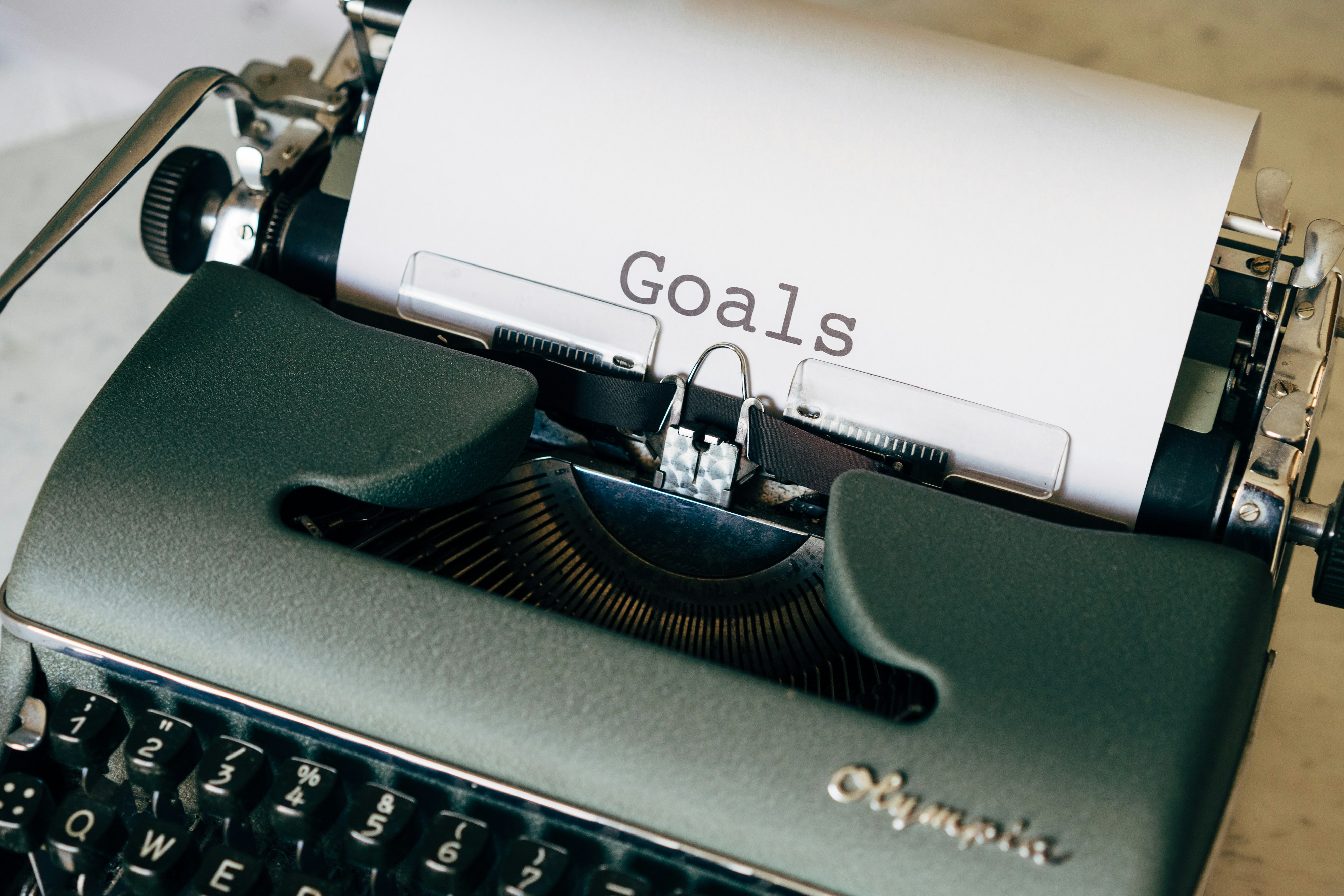The Habit Loop: How to Use It to Your Advantage
Have you ever found yourself doing something without thinking about it, like checking your phone as soon as you wake up or snacking on chips while watching TV? These actions, known as habits, are a natural part of our daily lives and can be both beneficial and detrimental to our well-being.
Understanding the Habit Loop
The habit loop is a psychological concept that explains how habits are formed and how they can be changed. It consists of three parts: a cue, a routine, and a reward.
The cue is the trigger that initiates the habit. It can be anything from a specific time of day to a certain location or even a particular emotion. The routine is the actual behavior or action that follows the cue. And the reward is the good thing that happens or the happiness we feel when we do the routine.

For example, if you have a habit of snacking on chips while you watch TV, the cue might be the feeling of boredom or stress, the routine is grabbing a bag of chips and sitting down to watch TV, and the reward is the pleasure and satisfaction you get from eating the chips.
Using the Habit Loop to Your Advantage
So how can you use the habit loop to your advantage? There are a few ways to approach this:
1. Create new habits
One way to use the habit loop to your advantage is to intentionally design a cue, routine, and reward that work together to support your goals. For example, if you want to develop a habit of exercising regularly, you could create a cue by setting a reminder on your phone to go for a run at the same time every day. The routine would be going for a run, and the reward could be the endorphin rush and sense of accomplishment you get from completing your workout.

To create new habits using the habit loop:
- Identify your goal: What is the new habit you want to create? Make sure it is specific and achievable.
- Design the cue: Choose a trigger that will initiate the new habit. It can be a specific time of day, a location, a certain action, or an emotional state.
- Choose the routine: This is the actual behavior or action you want to turn into a habit. Make sure it is specific and achievable.
- Determine the reward: The reward is the positive outcome or satisfaction you receive from performing the routine. It is important to choose a reward that is meaningful and motivating to you.
- Put it all together: Once you have identified the cue, routine, and reward, create a plan to implement them. For example, if you want to develop a habit of exercising regularly, you could create a cue by setting a reminder on your phone to go for a run at the same time every day. The routine would be going for a run, and the reward could be the endorphin rush and sense of accomplishment you get from completing your workout.
- Practice and be consistent: The more you repeat the habit loop, the more automatic it will become. Forming a new habit can take time and effort, so be patient and consistent in your practice.
- Evaluate and adjust: As you work on creating the new habit, pay attention to how it is going and make adjustments as needed. Modifying the cue, routine, or reward is okay if something isn’t working for you. The goal is to create a sustainable habit that supports your goals and values.
2. Modify existing habits
Another way to use the habit loop to your advantage is to change the routine or reward of an existing habit. For example, if you have a habit of snacking on unhealthy foods when you’re stressed, you could replace the routine with a healthier activity, like going for a walk or calling a friend, and still receive the same reward of stress relief.

To modify existing habits using the habit loop:
- Identify the existing habit: What is the habit you want to modify? Ensure you understand the cue, routine, and reward that make up the habit loop.
- Choose a new routine: Decide on a new behavior or action that you want to replace the existing routine with. Make sure it is specific and achievable.
- Keep the reward: The reward is the positive outcome or satisfaction you receive from performing the routine. It is important to keep the reward in place, as it is the motivation for the habit.
- Put it into practice: Once you have identified the new routine and chosen to keep the reward, create a plan to implement it. For example, if you have a habit of snacking on unhealthy foods when you’re stressed, you could replace the routine with a healthier activity, like going for a walk or calling a friend, and still receive the same reward of stress relief.
- Practice and be consistent: The more you repeat the modified habit loop, the more automatic it will become. Changing a habit can take time and effort, so be patient and consistent in your practice.
- Evaluate and adjust: As you work on modifying the existing habit, pay attention to how it is going and make adjustments as needed. Changing the new routine or rewarding if something isn’t working for you is okay. The goal is to create a sustainable habit that supports your goals and values.
3. Be mindful of your habits.
The key to using the habit loop to your advantage is to be mindful of the cues and rewards that drive your habits and to be intentional about creating or modifying routines that support your goals and values. By understanding how the habit loop works, you can take control of your habits and use them to create positive change in your life.

To be mindful of your habits and use the habit loop to your advantage:
- Identify your habits: Make a list of the habits you currently have, both good and bad. Consider the cues, routines, and rewards that make up each habit loop.
- Reflect on your values: Think about your goals and values and how your habits align with them. Are there any habits that are not consistent with your values?
- Choose habits to modify or create: Decide which habits you want to modify or create using the habit loop. Consider which cues, routines, and rewards will support your goals and values.
- Put your plan into action: Create a plan to modify or create the chosen habits using the habit loop. Practice and be consistent in your efforts.
- Be mindful of new cues: As you work on modifying or creating new habits, be aware of any new cues that may arise and how they may affect your habits.
- Evaluate and adjust: Pay attention to your habits and make adjustments as needed. Be open to modifying the cues, routines, or rewards if something needs fixing. The goal is to create sustainable habits and support your goals and values.
- Practice mindfulness: In addition to being mindful of your habits, it is also important to practice mindfulness in general. It means being present at the moment and paying attention to your thoughts, emotions, and actions. It can help you to be more aware of your habits and make positive changes in your life.
Habits are a natural part of our daily lives and can significantly impact our well-being. By understanding the habit loop and making or changing habits on purpose, we can use this information to make positive life changes.






